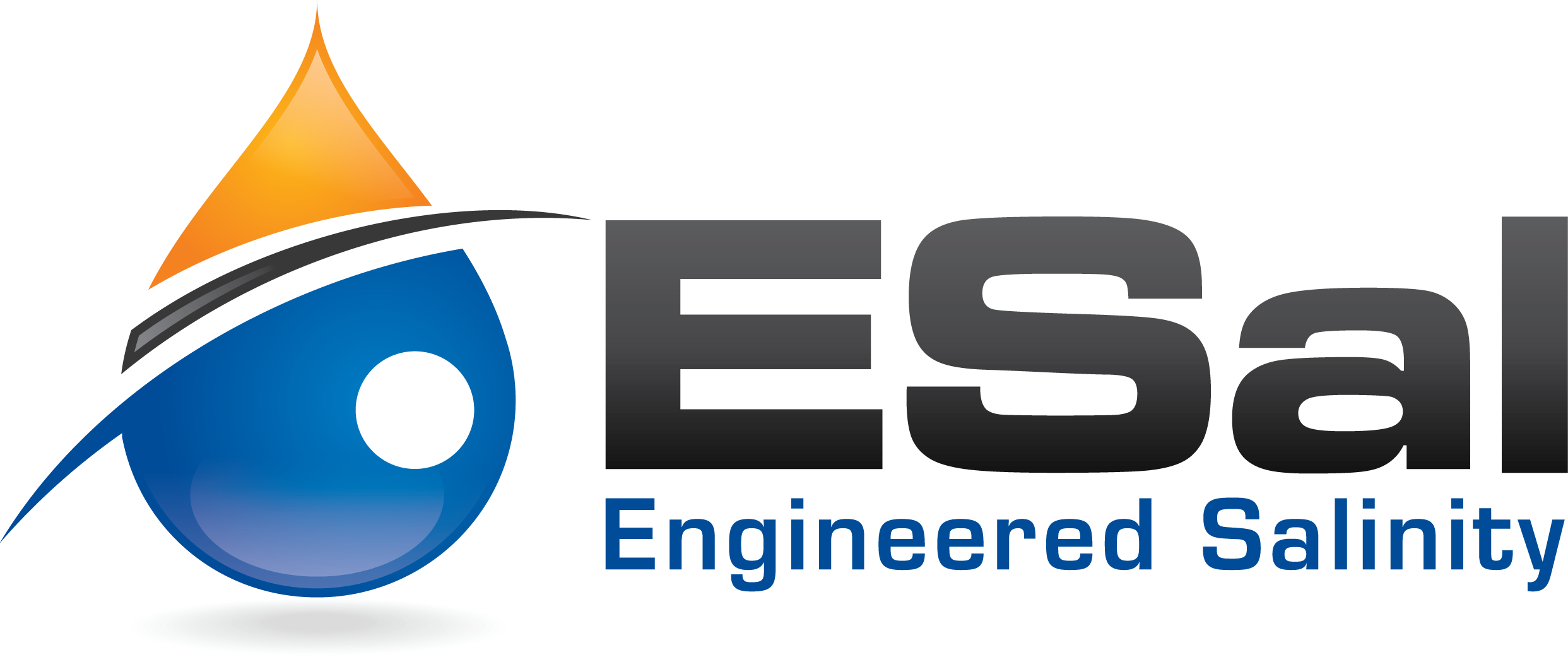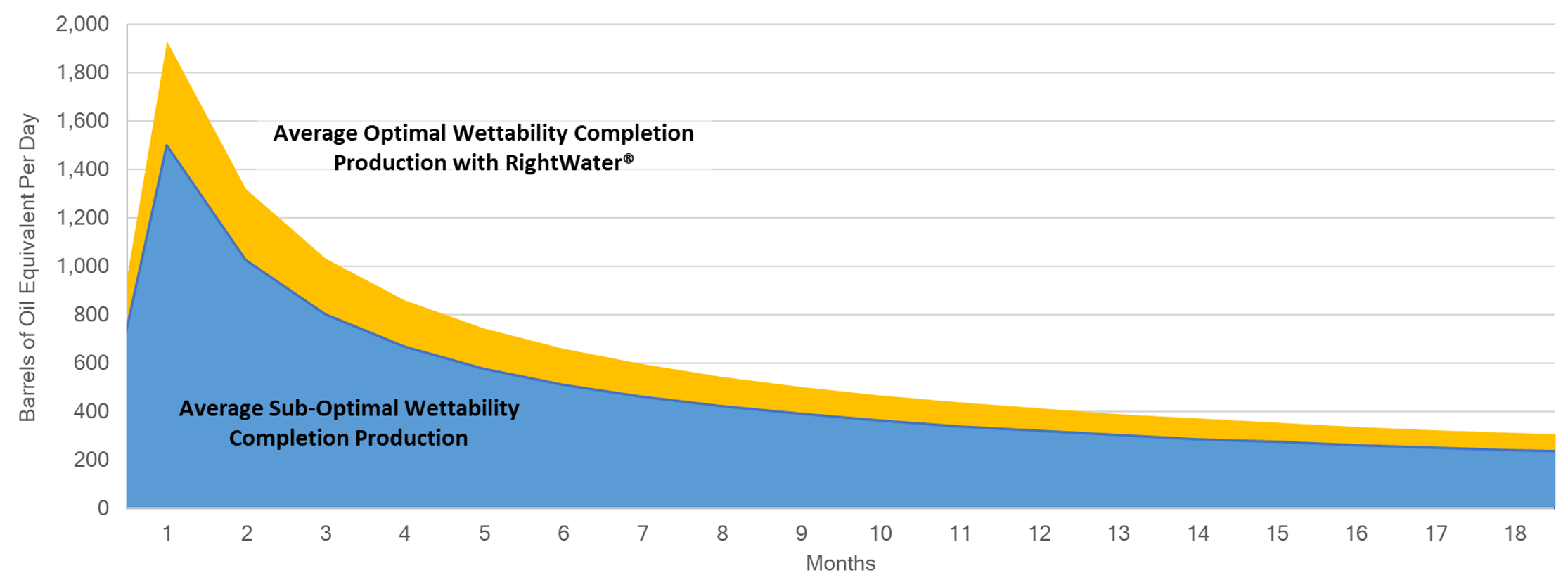We've Unlocked The Secret Formula To Bigger Oil Recovery.
ESal's Patented Solution
We all know the big problem with shale – recovery in the single digits. Longer laterals, better fracks, chemical cocktails and more attention to the geology improve per well production, but we are still in the single digits for recovery.
And the water – the average barrel of oil comes with several barrels of water that must be disposed adding up to 15% to well costs and in the worst cases causing seismic effects.
Through our innovative, patented process, Engineered Salinity enables significant increases in total oil recovery by altering completion water chemistry without using chemicals.
By tailoring the inorganic water chemistry, ESal can dramatically increase your well’s initial production and improve the decline rate.
Further economic benefit is achieved using ESal because we reuse significant amounts of produced water in our patented solution.
Let us work seamlessly with your engineers and geologists to screen and design custom solutions for every well in your drilling program.

Request a Screening
Learn how ESal’s RightWater™ technology can consistently improve EUR and lower water production
Unique Selling Point
Increased EUR, up to double digits, in your wells
Optimize drilling and completion chemicals with RightWater™ technology
Easy and cheap integration with no new equipment or changes to normal operations
We design the right solution to fit your operational and economic needs
No other company has the expertise or experience to alter wettability in shale other than ESal
Reduce freshwater usage and wastewater disposal
Additional Resources Relating to Drilling and Completion
ESal’s innovative patented process, Engineered Salinity™ or ESal™, enables significant increases in total oil recovery by altering completion water chemistry without using chemicals. By tailoring the inorganic water chemistry of your frac fluid, ESal can dramatically increase your well’s initial production and reduce the decline rate.
Frequently Asked Questions
There is much debate even today about the mechanisms, but the emerging consensus is changing salinity alters the wettability of the reservoir system to increase recovery (see our News & Resources page for more information). At ESal, our question is: Do we have enough practical understanding to make it work in the field? The answer is yes, we do. This knowledge is incorporated into our screening tool and our design process to provide you with the best chance of success. Our process of screening, lab testing, design and field deployment allows the client to de-risk the process saving time and money.
While there is limited field experience in this area, we know you can alter wettability in shale wells through our laboratory research and wettability alteration is currently being done with limited success with surfactants. In fact, many companies currently use surfactants in their fracking fluid which can be expensive ($250K/well). However, the basic conditions that allow us to alter wettability with salinity are present in shale. While it is early days, there is some published work that shows that wettability alteration by salinity modification works in shale (see our News & Resources page for more information). Finally, the prospect of re-using produced water instead of disposing it is very attractive especially in basins where produced water volumes are high.
Traditionally, the answer is several years and millions of dollars of lab work and reservoir modeling. At ESal, we have developed a screening tool to use your data on the rock, water and oil composition together with basic data on your field that gives you a numerical score within a few weeks (see our News & Resources page for more information). This procedure provides a fast and reliable answer and identifies which factors are the most sensitive for your field. We can screen one or more fields quickly and provide you with the critical information at the speed of business
Our screening tool and lab tests provide our clients with good estimates of potential benefits. Depending on the type of reservoir (shale, carbonate, clastic) and the stage of deployment, the benefit will vary. However, in general, both field and lab testing has shown the benefits are from 5-15% OOIP (original oil in place) in both carbonate and sandstone reservoirs and 2-5% in shale (see our News & Resources page for more information). Avoiding expensive projects that provide little or no return is why you want ESal in your corner.

